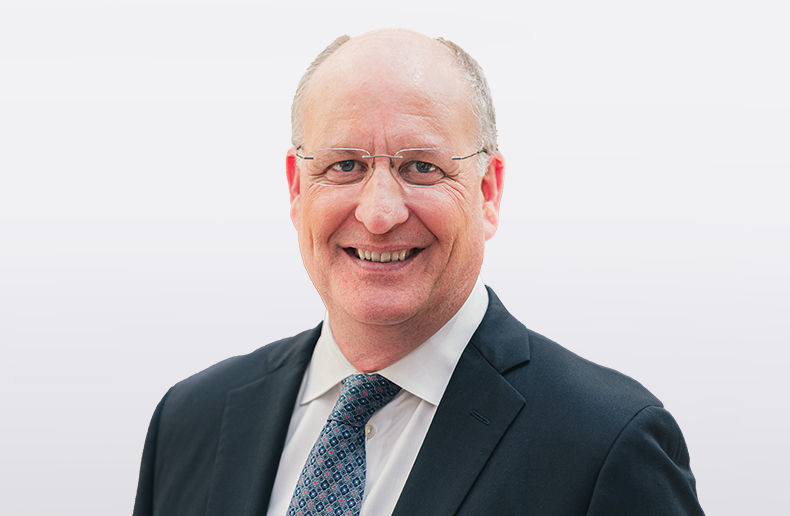Most Canadians can erase the image of being rich in retirement, a conference on pensions and benefits was told last spring. Now Canadian retirees, faced with economic uncertainty over their investments and how much to take out during retirement, will have to be flexible in their lifestyles as they get older.“Remember that image you had about being wealthy in retirement? It started with a man and a yacht – and now it’s a grandfather with a kayak,” said Robin Pond, a senior consultant with Buck Global Investment Advisors.
What’s changed that Freedom 55 ideal to a question mark has been uncertainty – uncertainty in investment returns, lifestyle expectations in retirement, the timing of retirement and longevity, said Mr. Pond. “Uncertainty has been greater than anyone anticipated,” he told the Benefits & Pensions Summit.
Mr. Pond questioned whether some investments, such as target-date funds, have been overly aggressive in their glide paths, which automatically adjust the asset mix to become more conservative over time. Funds that contained a large portion of equities have trailed down to negative, double-digit returns recently.
Then there is what is sometimes referred to as sequence risk. Citing the theory co-authored by Moshe Milevsky, a finance professor at the Schulich School of Business at York University, Mr. Pond noted that investments last longer for those who retire at a time when the markets are up. However, if the savings are down in value at retirement, withdrawing income will eat away at important capital.
For example: Mr. Pond said that if a person retires at 60 with $1 million, it could generate about $76,800 plus cost of living, for an after-tax total of just over $59,000 a year. This includes money from RSPs/RIFs, Canada Pension Plan and Old Age Security. In this scenario the money will last until the retiree’s 80th birthday.
However, if there is a 10 per cent loss of initial value in the first year, the money will last only until age 75. Another 10 per cent loss in the second year will severely cut into the original amount, providing funds now to only age 72.
“[But] even if we had good markets, investments will never match expectations,” he said.
There has also been much discussion lately as to how much people need in retirement. While many have repeated the theory that people need 60 per cent of their pre-retirement income, much depends on expectations and lifestyles, said Mr. Pond. Add on top of this, longer life expectancies for both men and women, and the uncertainty just grows.
Annuities can be a good solution to all the uncertainty, providing an investor with guaranteed regular income payments over a lifetime, said Mr. Pond. But Canadians prefer RIFs to annuities, partly because of the flexibility RIFs offer and a desire to maintain control over their personal assets. “It’s curious that most of us are unwilling to give up control of our money,” said Mr. Pond.
The answer, he said, lies in investor flexibility, whether that deals specifically with investments or with lifestyle. This may mean a switch to matching near-term needs with reliable income and leaving more aggressive assets to look after the longer term.
In the United States, many Americans are looking to their defined contribution (DC) plans to be the most important source of income in retirement. In 1983, about 12 per cent of participants in a survey by BlackRock Asset Management relied solely on their DC plans for retirement, with that number soaring to 63 per cent by 2007, said Matthew O’Hara, head of research and product with BlackRock’s U.S. & Canada DC group.
Spurred on by the Pension Protection Act, automatic enrolment in these plans has doubled since 2006 and participation rates have increased to 80 per cent. Assets in DC plans currently stand at US$4 trillion, said Mr. O’Hara.
About 35 million Americans are expected to retire in the next 10 years and most retirees will need an 80 per cent income replacement ratio. But the U.S. Social Security system is only expected to provide 35 per cent to 40 per cent of that income.
Few feel confident that their preparations to date will get them the retirement they want, and only 16 per cent feel they will have enough money to retire on time, according to the survey. At the same time, virtually all the participants in the survey said they feel they have some level of responsibility for their retirement preparation. But many want more information and more investment options on vehicles such as target date funds to come from the plan sponsor.
A critical gap though is that participants and plan sponsors differ on responsibilities once the employee retires. “Sponsors like the idea of the DC plans, but what happens when people retire, what then? Should they continue to help retirees? Help them spend down? Walk away from them?” asked Mr. O’Hara.
Plan sponsors are beginning to respond to participants’ requests for more information on how to generate a secure income in retirement, how to make sure their money lasts through retirement and how to invest to keep their money safe in retirement, he said. More than half of plan sponsors are now considering adding an income option to their DC plan in the future.
Communication is key to encouraging participants to take action once they’ve received some suggestions. “But it’s difficult to communicate in a way that makes all people want to participate.”











